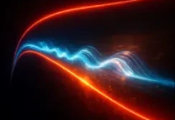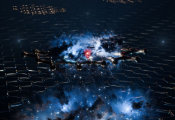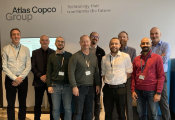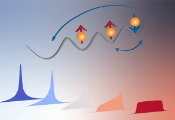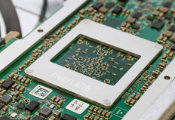New Method Could Yield Fast, Cross-Country Quantum Network
July 9, 2024 -- Quantum computers offer powerful ways to improve cybersecurity, communications, and data processing, among other fields. To realize these full benefits, however, multiple quantum computers need to be connected to build quantum networks or a quantum internet. Scientists have struggled to come up with practical methods of building such networks, which must transmit quantum information over long distances.
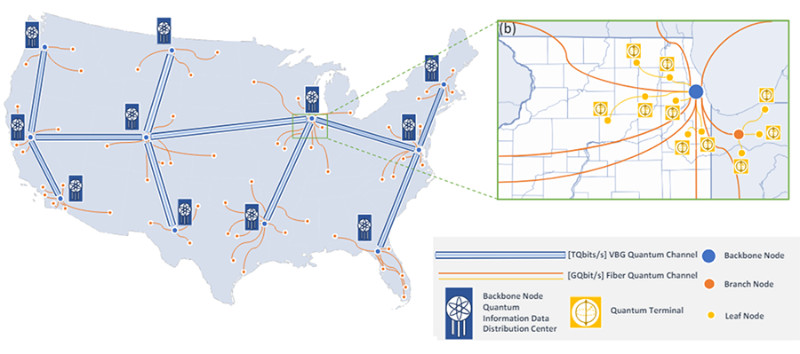
Now, researchers at the University of Chicago Pritzker School of Molecular Engineering (PME) have proposed a new approach — building long quantum channels using vacuum sealed tubes with an array of spaced-out lenses. These vacuum beam guides, about 20 centimeters in diameter, would have ranges of thousands of kilometers and capacities of 10 trillion qubits per second, better than any existing quantum communication approach. Photons of light encoding quantum data would move through the vacuum tubes and remain focused thanks to the lenses.
“We believe this kind of network is feasible and has a lot of potential,” said Liang Jiang, professor of molecular engineering and senior author of the new work. “It could not only be used for secure communication, but also for building distributed quantum computing networks, distributed quantum sensing technologies, new kinds of telescopes, and synchronized clocks.”
Jiang collaborated with scientists at Stanford University and the California Institute of Technology on the new work, which is published in Physical Review Letters.
Some researchers have tested ways of using fiber-optic cables and satellites to transmit optical photons, which can act as qubits. Photons can travel a short distance through existing fiber-optic cables but generally lose their information quickly as photons are absorbed. Photons bounced to satellites and back to the ground in a new location are absorbed less because of the vacuum of space, but their transmission is limited by the atmosphere absorption and availability of the satellites.
Scientists working at the Laser Interferometer Gravitational-Wave Observatory (LIGO) the California Institute of Technology have built huge ground-based vacuum tubes to contain moving photons of light that can detect gravitational waves. Experiments at LIGO have shown that inside a nearly-molecule-free vacuum, photons can travel for thousands of kilometers.
Inspired by this technology, Jiang, Huang, and their colleagues began to sketch out how smaller vacuum tubes could be used to transport photons between quantum computers. In their new theoretical work, they showed that these tubes, if designed and arranged properly, could carry photons across the country. Moreover, they would only need medium vacuum (10^-4 atmosphere pressure), which is much easier to maintain than the ultra-high vacuum (10^-11 atmosphere pressure) required for LIGO.
“The main challenge is that as a photon moves through a vacuum, it spreads out a bit,” explained Jiang. “To overcome that, we propose putting lenses every few kilometers that can focus the beam over long distances without diffraction loss.”
In collaboration with researchers at Caltech, the group is planning tabletop experiments to test the practicality of the idea, and then plans to use larger vacuum tubes such as those at LIGO to work on how to align the lenses and stabilize the photon beams over long distances.
“To implement this technology on a larger scale certain poses some civil engineering challenges that we need to figure out as well,” said Jiang. “But the ultimate benefit is that we have large quantum networks that can communicate tens of terabytes of data per second.”


